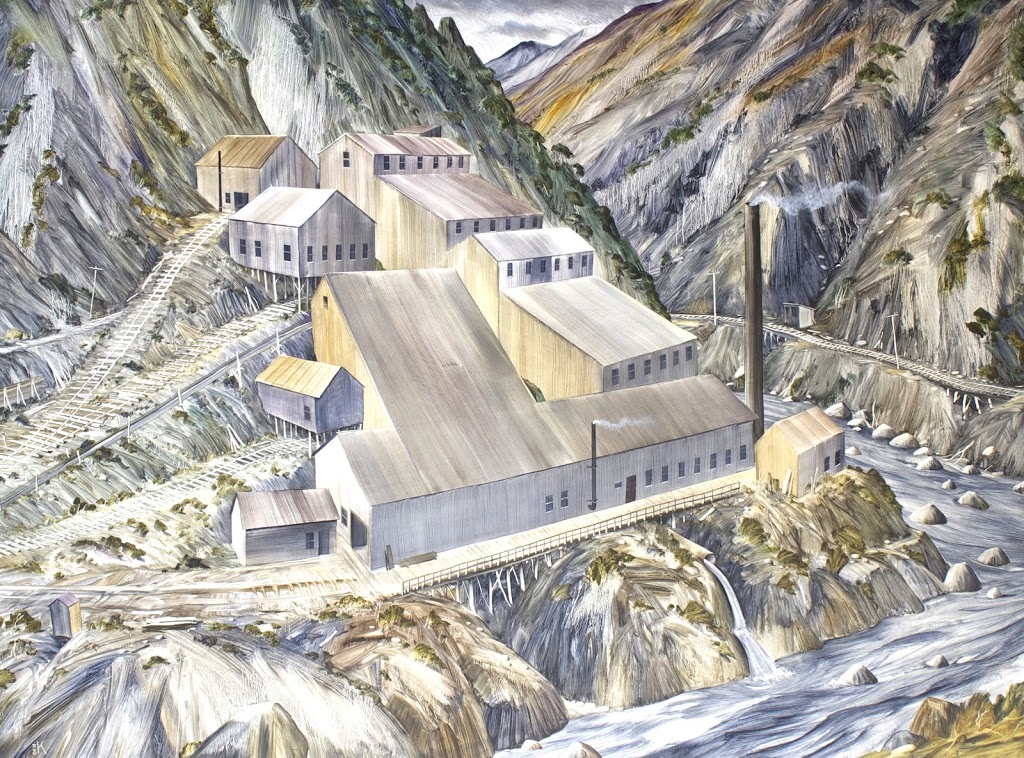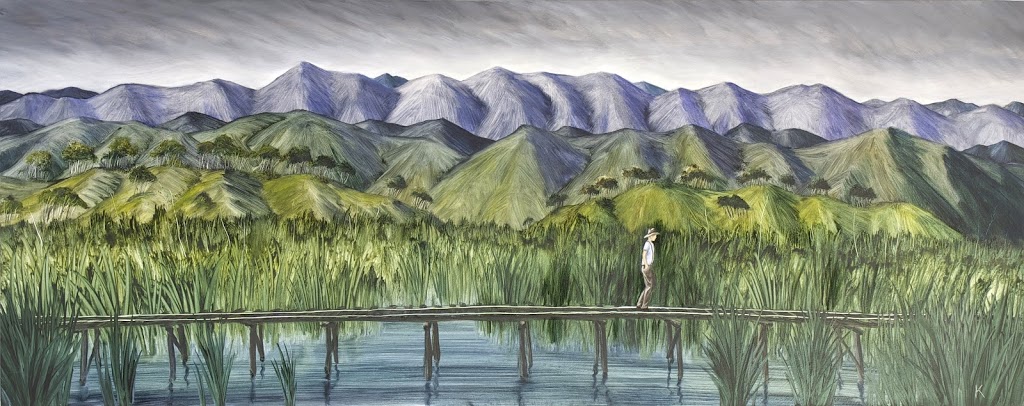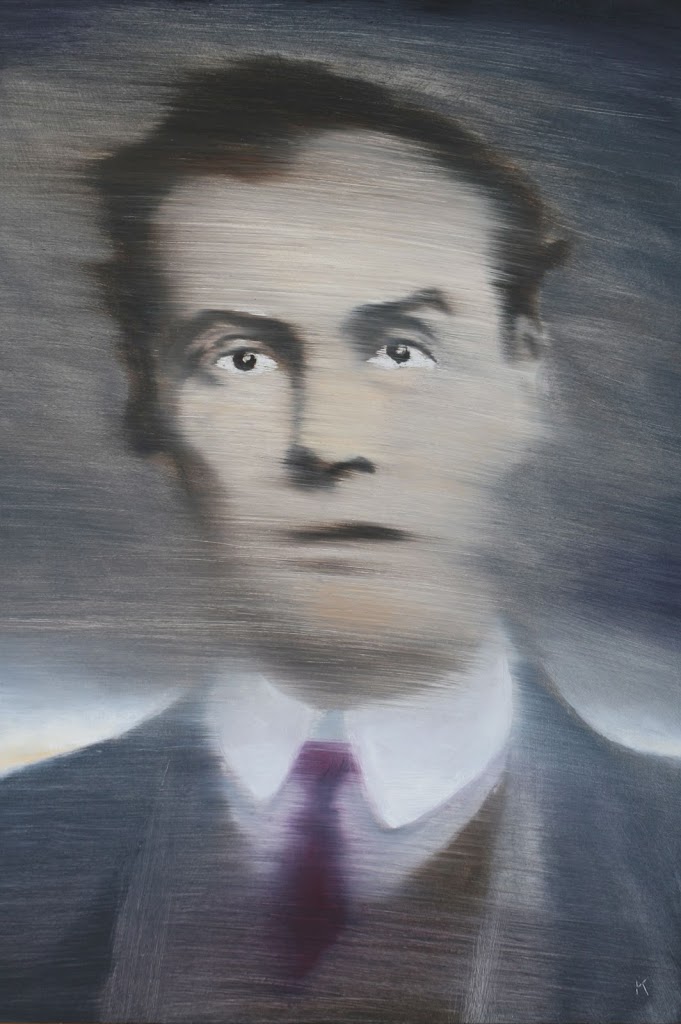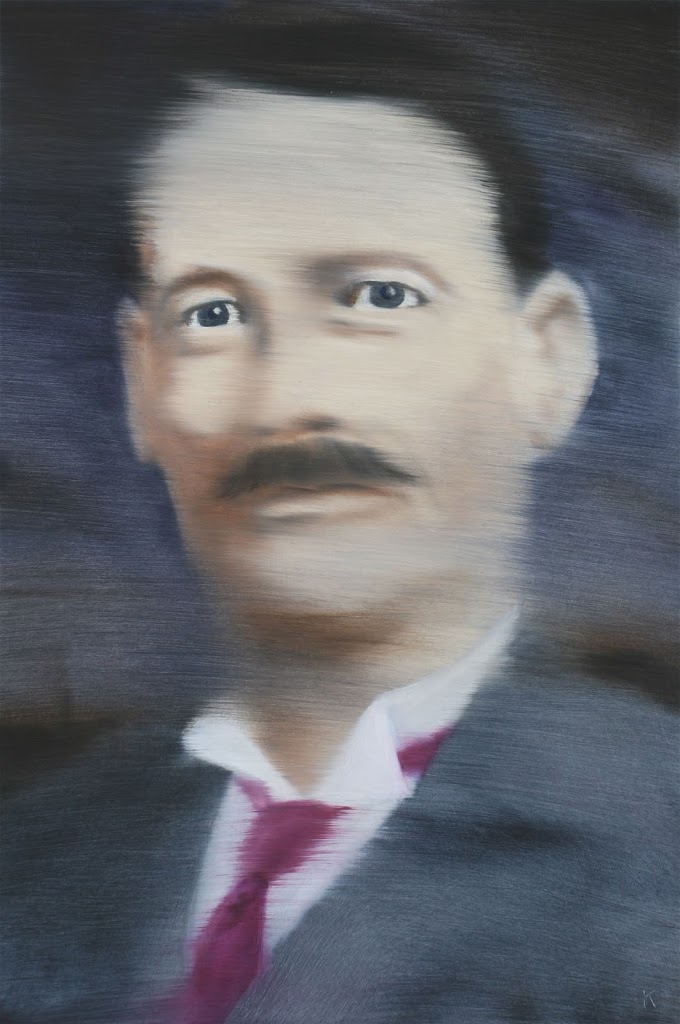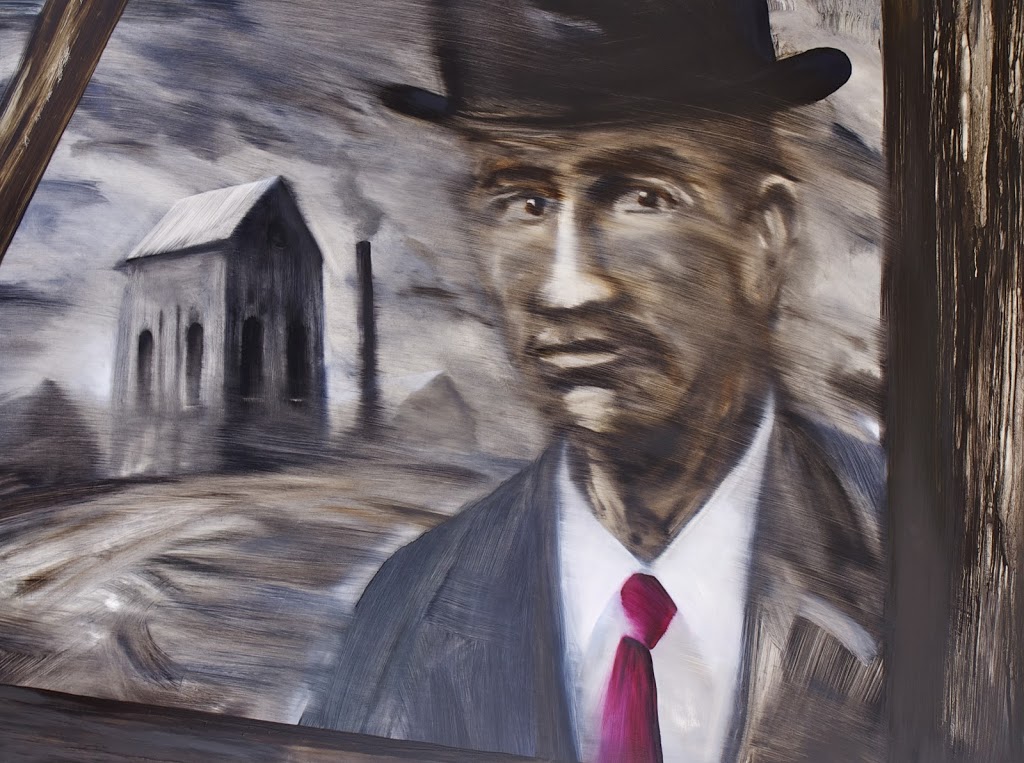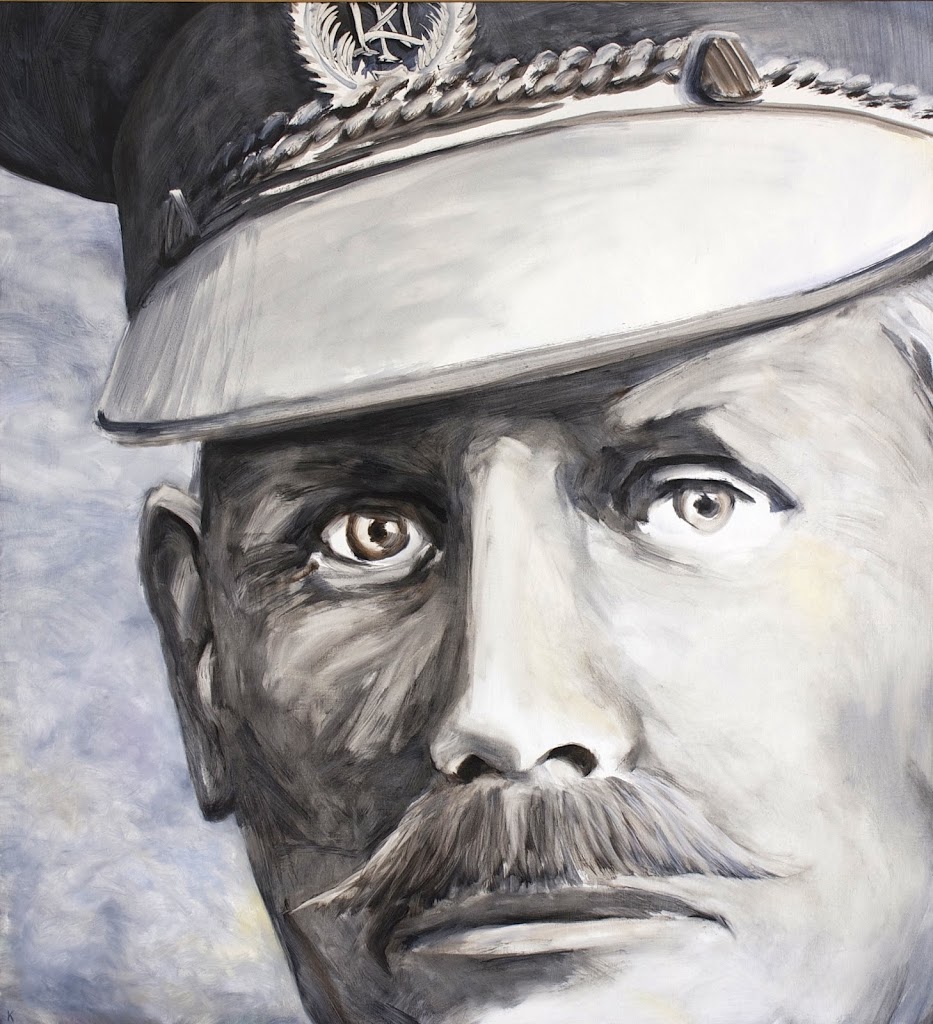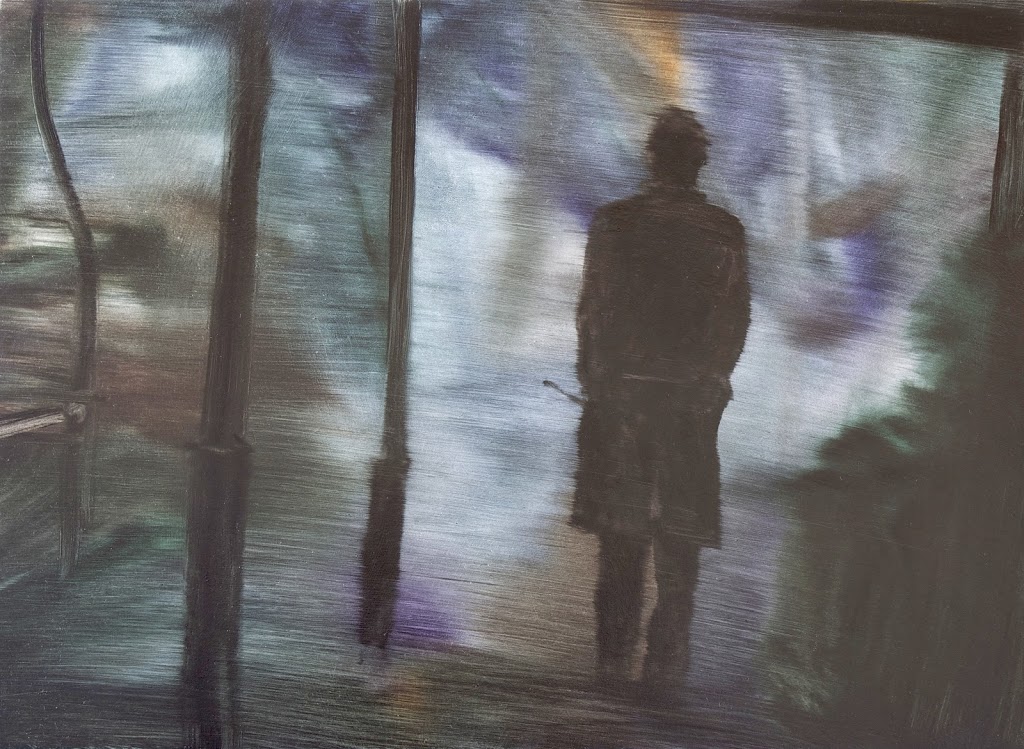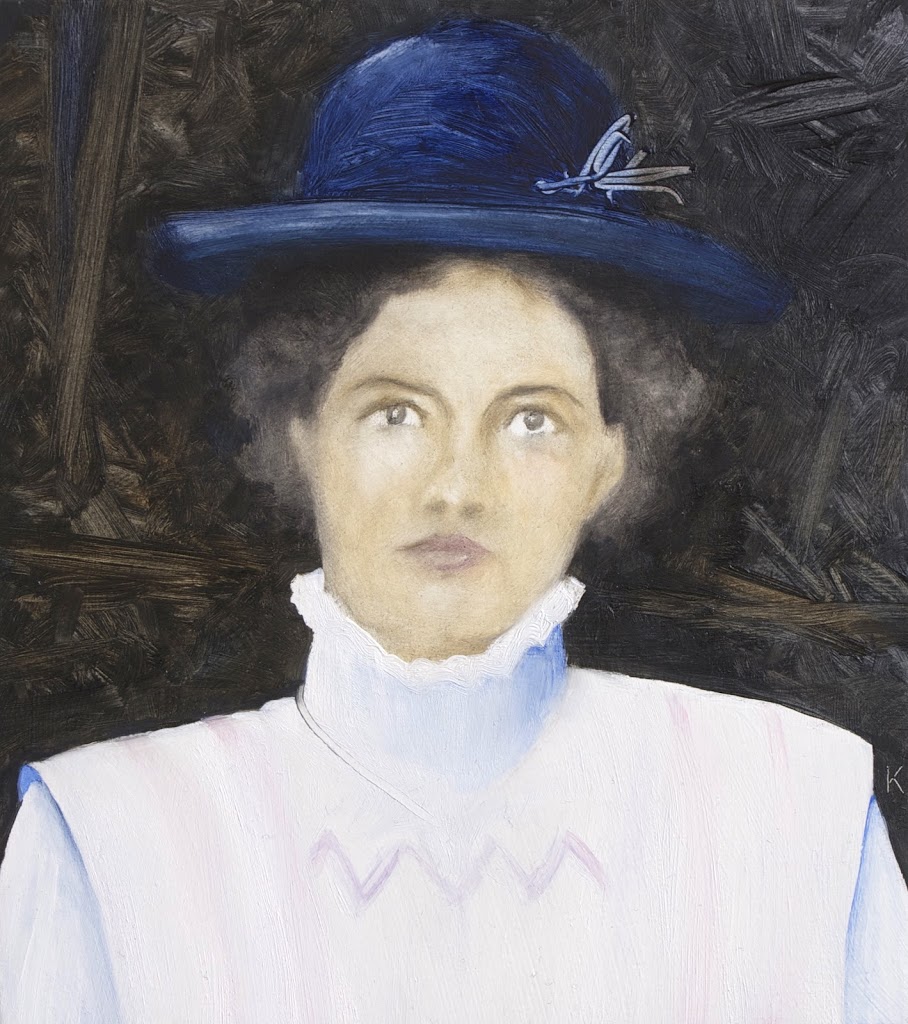Gold Strike is an imaginative reconstruction of the 1912 Waihi Strike – The people, places and the locations of this vivid, violent and ultimately tragic event. The exhibition was opened exactly 100 years to the day that the striker Fred Evans was killed as he fled from the miners Union Hall on the 11th of November 1912.
The first prospectors to explore the Waihi workings, McCombie and Lee, bored into Pukewa’s harsh, glinting interior.
There in Waihi, with its toil and its treasure, Men’s lives are squandered while earning a crust.
Several deafening batteries of stampers began crushing the quartz rock down to powder.
Tim Armstrong left school at the age of 11 and worked in the flax-milling industry in the great Orua flax swamp between Bulls and Shannon.
At 19 Tim Armstrong was working on the railway in Raetihi when he heard of work available the Waihi goldfields. ” I thought it would be the place for me, so along with a few mates we made up our minds to roll up our swags and walk to the gold fields… it was the fun of the world at times.”
At Waihi, Tim Armstrong found work at the Golden Cross mine. “There they had a union and it was the very thing I wanted.” In no time at all Tim was president of the large Waihi Miners Union.
The Waihi Miners Union managed to retain a president by paying his salary themselves, and Bill Parry proved his worth during fierce negotiations with the mining company over competitive contracting.
Charles Smith was a “Niagara of Energy”. He was a miner, the president of the local branch of the Socialist Party, the author of frequent articles on Waihi, under the pen-name ‘The Rebel”, and the organiser of Pat Hickey’s 1911 campaign for the parliamentary seat of Ohinemuri.
By 1911 this ‘roaring boy’ from the Federation of Labour was one of the country’s most powerful political orators. The Waihi socialists selected him as their candidate for the 1911 general election.
Known as ‘Bob the Ranter, a former tunneller and one of the country’s prominent apostles of socialism, Semple helped to campaign for Hickey in Waihi.
While Hickey ran for parliament in Waihi, Paddy Webb was the miners’ choice in Runanga on the west coast. Neither man won in 1911, but in 1913 Webb won a by-election to become the first coalminer to enter parliament.
Harry was a silver-tongued Australian radical who was invited to New Zealand by the Waihi socialists to give a speaking tour. He stayed here for the rest of his life and became leader of the Labour Party.
In the hope of inculcating a patriotic spirit among amongst his pupils the headmaster of Waihi South School held an essay competition on the subject of ‘The Union Jack’. Zena Norton’s impassioned entry was not awarded a prize. “…The Union Jack stands for freedom but that is a mistaken view…Why should men who work the hardest get the smallest pay and those who do not work at all get millions of money. That is not fair and cannot be called freedom. What difference does it make to a poor man what flag he starves to death under? Does he get a better seat in heaven because he dies with the Union Jack waving over his poor dead body.” Strikers, strike breakers, mine owners, unionists and police arrived or left Waihi on the train. In this painting I imagined Zena Norton and her mum at the Waihi Railway Station perhaps on the day after the killing of Fred Evans when the mob is driving the strikers out of the town.”
With the water level rising in the mineshafts and returns falling for the first time in a decade, industrial conflict threatens to overwhelm the diggings and the embattled mine manager sleeps uneasily.
“Since the Strike commenced, there have been three Constables on night duty, two on the Beats and one in the Watchhouse.”
“I beg to report that ever since the Strike commenced… not one act of lawlessness of any kind has been committed”
This concrete castle housed the massive pumps that kept the mines free of water. During the strike they fell silent, and several strikers slipped underground to check how high the water levels had risen.
The local Anglican minister was one of several Waihi notables who signed a letter calling for the government to intervene in the strike. He was later made an honorary member of the scab union.
An iron-willed Irishman who rose from constable to Commissioner of Police, Cullen was prepared to break his own laws to defeat Waihi strikers and other ‘enemies of society’.
The peace of Cullen the Police Commissioner and Herdman the voice of Justice, who sent in extra cops, scabs, bully boys and ex-cons
If there was trouble in Seddon Street, Waihi’s main thoroughfare, the sinister bowler-hatted strikebreaker known as the Snakecharmer was always there.
The vicious ex-criminal recruited to help break the strike, he rode into town firing a pistol in each hand.
The blustering strikebreaker who gained his nickname after he was chased by 18-year-old Jessie Beames, armed only with the nine-inch hatpin she pulled from her cascade of chestnut hair.
Strikebreakers were transported to and from the mine in open horse-drawn carriages, known as brakes. Sometimes a uniformed policeman held the reins. On every shift they faced a barrage of abuse from strikers and their families.
Evans then fled in terror through a back door and into a vacant property behind the hall. “My father always said that he survived,” says Don Boswell, “because he could run faster than Fred Evans.”
The turncoat from the strikers’ ranks who compiled a list of his former colleagues. The strikebreakers worked through the list, giving each man and his family a day’s notice to be on the train out of town.
Georgina Parry, wife of the imprisoned union president, was threatened by a mob. “I said if they were men enough to attack me, I was woman enough to fight them.”
The earnest Scot from the Federation of Labour who got Bill Parry released from Mt. Eden gaol. Like others prominent in the strike, Fraser entered parliament 20 years later.
The strikers’ sweethearts, wives and sisters who ran messages through police lines and later slipped into the besieged town to distribute relief supplies. Private Collection
The river steamer that sailed between Paeroa and Auckland, carrying strikers, strikebreakers and gold. In November 1912 it transported the terrorised strikers’ families to safety.
The quotations with each painting are from “Waiheathens – Voices from a mining town,” by Mark Derby and Bob Kerr. A book that accompanies this exhibition. This book can be bought from the Waihi Gallery or from the publisher, Atuanui Press. atuanuipress.co.nz
These paintings were exhibited at the Waihi Arts Centre and Museum during November 2013, then at the Rotorua Museum and at Whitespace gallery in Auckland.


